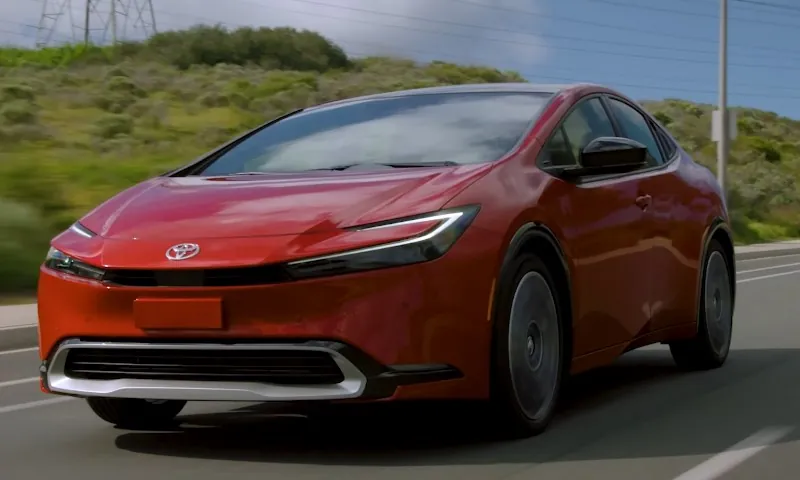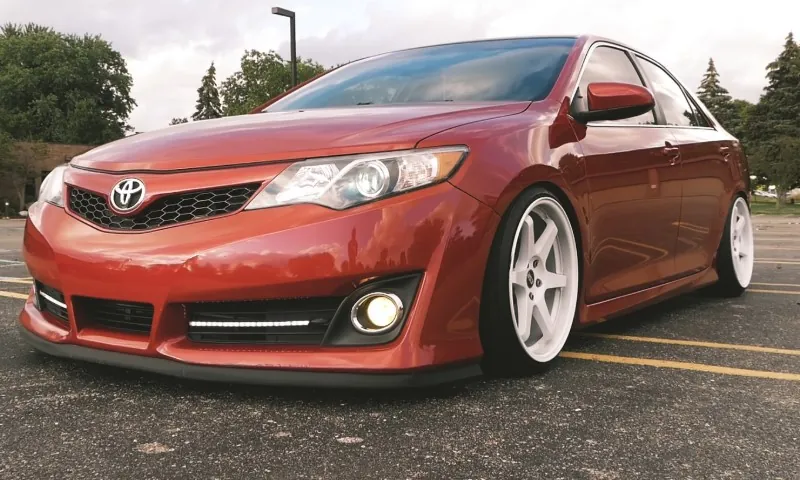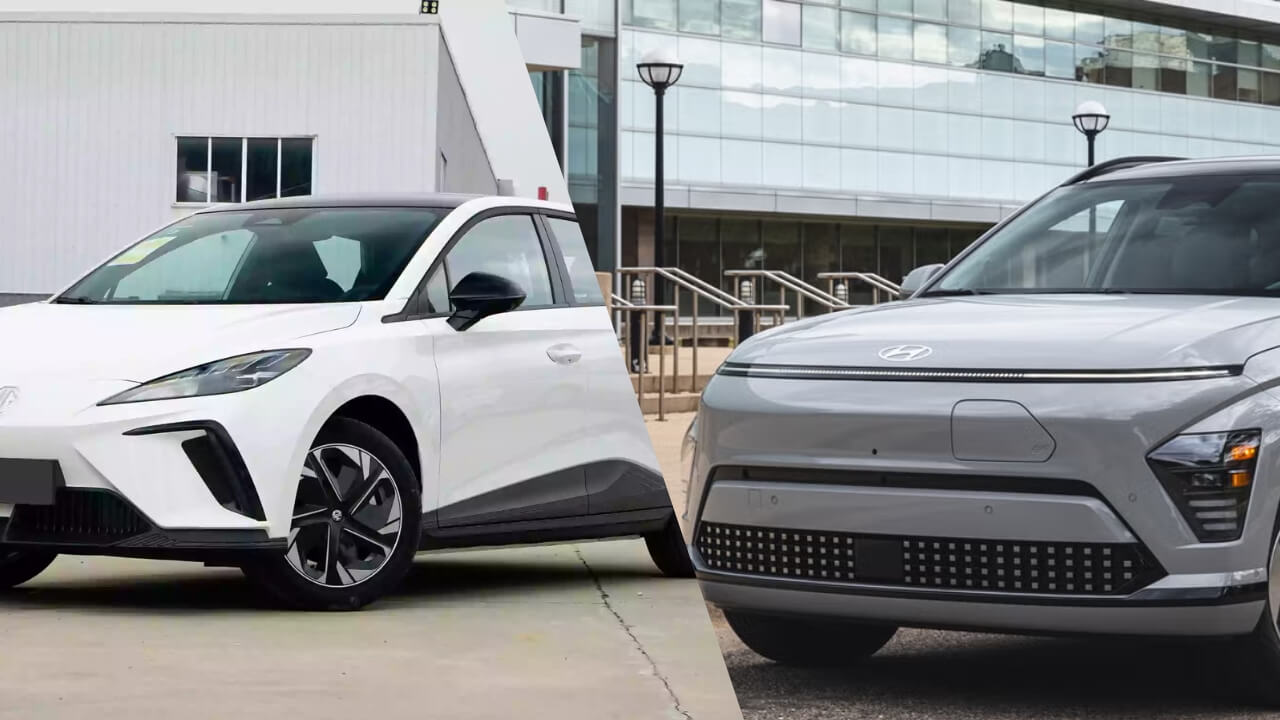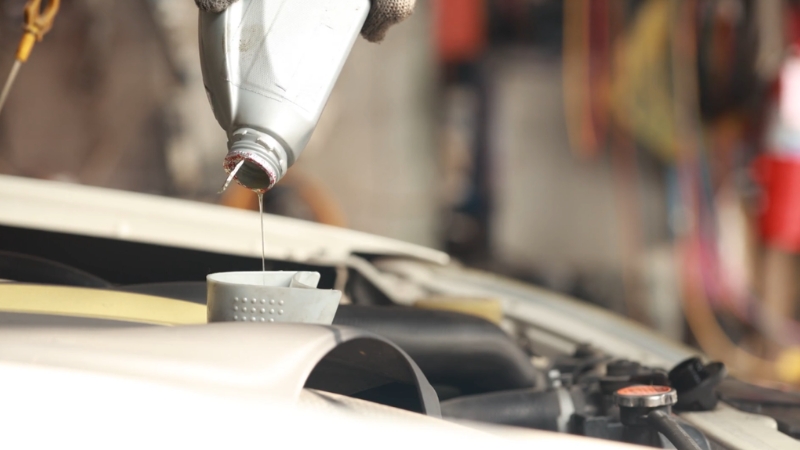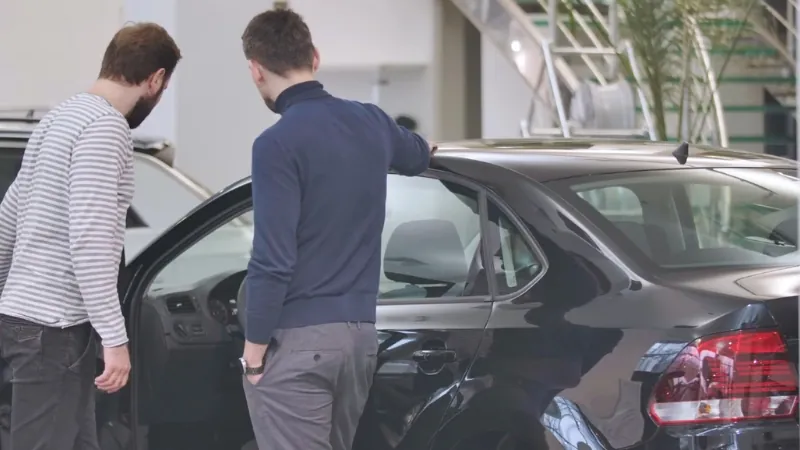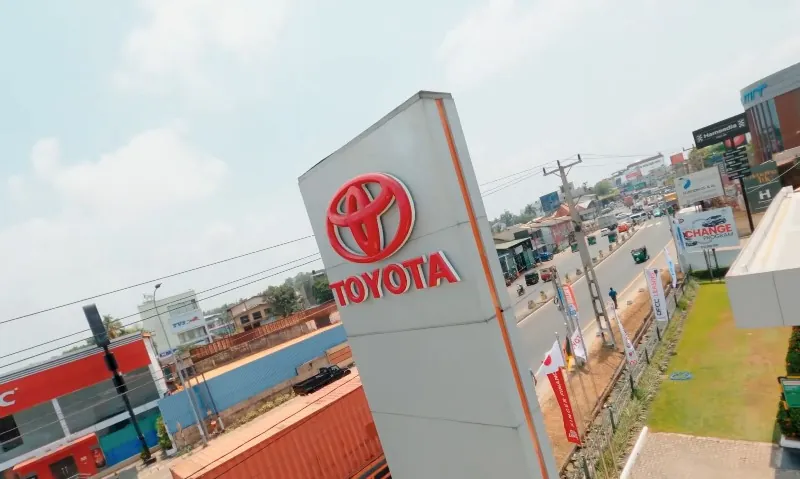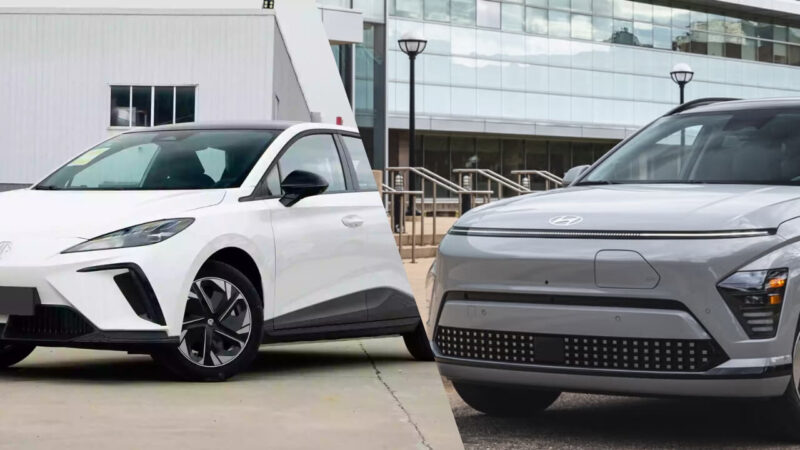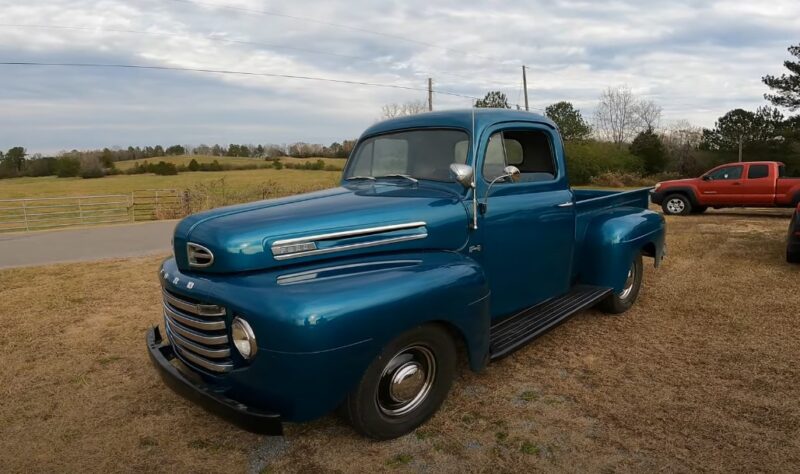
Share Post:
There’s something about the 1948 Ford truck, particularly the F1 model, that gets car enthusiasts all misty-eyed. Maybe it’s the way the grille looks like it’s grinning at you. Or maybe it’s the sheer nostalgia that wraps around anyone who has ever driven one or seen one cruising down a country road.
It’s more than a collection of metal and rubber—it’s a symbol of post-war American ingenuity, grit, and style, all wrapped into one tough, no-nonsense package.
Ford lovers certainly have their favorites. It’s no surprise, given the company’s cult models such as Crown Victoria or similar timeless models. F1 definitely falls in that much-adored category.
You’d think we’d all have moved on by now, given the sleek, computerized vehicles we drive today. But nope, the ’48 Ford F1 is still as much an American icon as apple pie, and I’ll tell you why it’s still the case in 2025.
Table of Contents
Toggle1948 Ford F-Series F-1 Truck Specifications
| Specification | Details |
|---|---|
| Model | 1948 Ford F-Series F-1 Pickup |
| Engine Options | 3.7L 226 cu in inline-6 (95 hp) or 3.9L 239 cu in V8 (100 hp) |
| Wheelbase | 114 inches (2,896 mm) |
| Length | 189.09 inches (4,803 mm) |
| Width | 75.94 inches (1,929 mm) |
| Height | 75.63 inches (1,921 mm) |
| Gross Vehicle Weight Rating | 4,700 lbs (2,132 kg) |
| Transmission | 3-speed manual |
| Suspension | Front: Parallel leaf springs Rear: Parallel leaf springs |
| Brakes | Hydraulic drum brakes |
| Cargo Bed | 6.5 ft length (1.98 m) with 45 cubic feet volume |
| Chassis | Body-on-frame with steel cab and wooden bed subfloor |
| Fuel Capacity | 17 gallons |
| Max Torque | 180 lb-ft (for the V8 engine) |
| Top Speed | Approximately 65 mph (varied with engine type) |
A Bold Shift in Design and Purpose
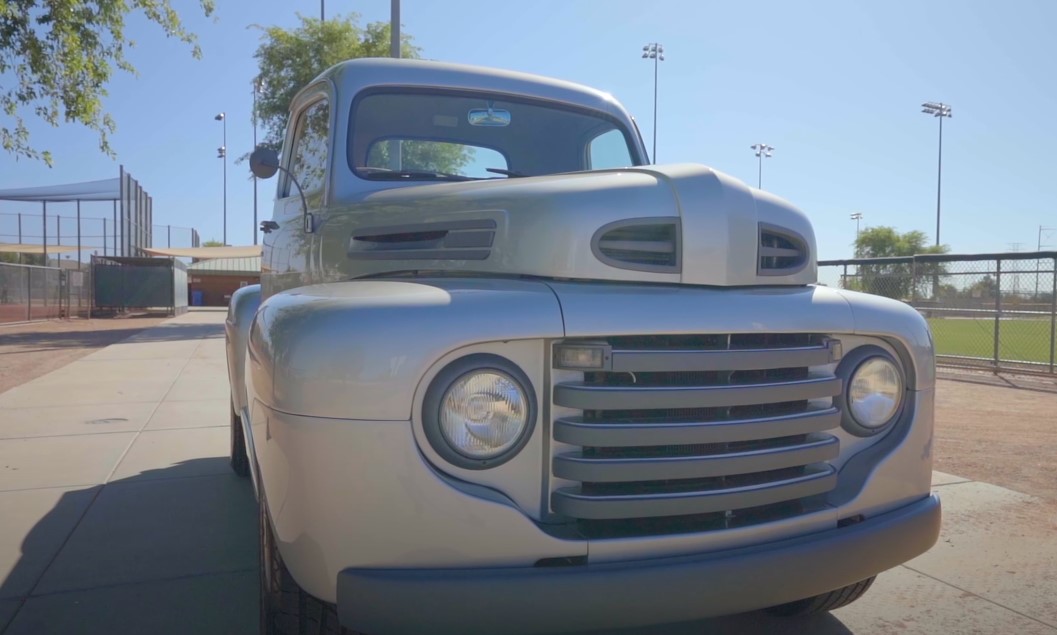
Let’s talk design for a second. The 1948 Ford F1 was the first truck Ford produced after World War II. Now, you’d think after such a monumental global event, they’d ease back into things. Not Ford.
They dove right in with a truck that was, well, unapologetically truck-like. Before this, trucks were basically cars with a cargo bed slapped on. But the F1? It was a truck through and through, designed from the ground up to be exactly what it looked like: a workhorse.
With its broad, flat grille, horizontal bars, and round headlamps, the F1 had a rugged face, the kind that told you it was ready for anything. The upright stance and wide fenders screamed “heavy-duty,” even if all you were hauling was a week’s worth of groceries.
The F1 wasn’t trying to be anything it wasn’t—it was tough, straightforward, and practical. But it didn’t forget about comfort, either. No, this truck had wider cabins and larger windows, making the drive just a bit more bearable for those long hauls.
It was a truck that understood the needs of the American worker while also being something you wouldn’t mind taking for a leisurely weekend drive. It’s crazy to think how far Ford’s vehicle industry has gone from F1 to electric vehicles.
Innovations That Made 1948 Ford Truck a Legend
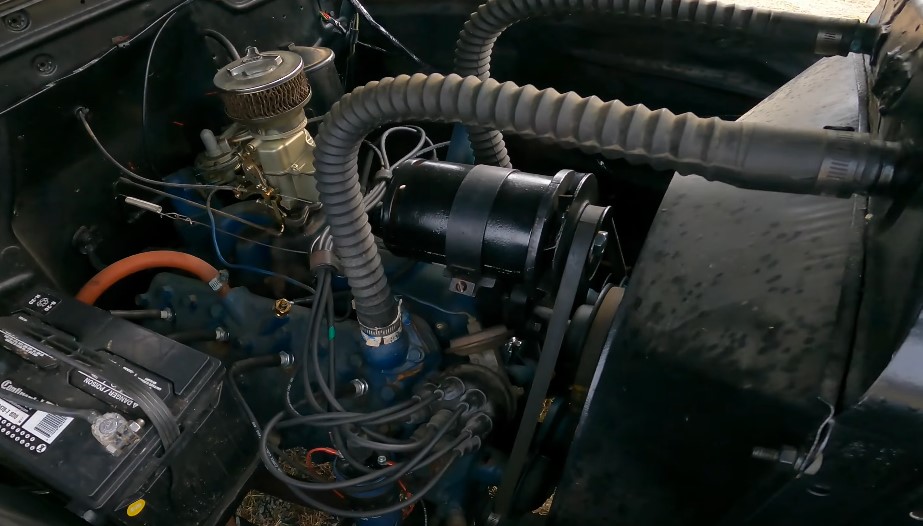
We can’t talk about the 1948 Ford truck without mentioning what’s under the hood—or more accurately, under the frame.
Ford made a bold move by introducing a dedicated truck frame, something that set the F1 apart from its car-like predecessors.
It had an improved suspension system that could take the abuse of rough roads and heavy loads without rattling your bones to dust. Safety and comfort weren’t afterthoughts either.
The truck boasted larger windows for better visibility and an adjustable seat. (Yes, in the 1940s, an adjustable seat was a big deal.) And then there was the chassis—thicker, tougher, more durable.
The Ford F1 was built to endure, not just to look good parked in front of a diner. That combination of strength and functionality is exactly why the F1 became a beloved truck, and it’s why it’s still hanging around in car shows and collector’s garages to this day.
| Component | Description |
| Engine Options | Robust engine options including Flathead V8 and inline-6. |
| Flathead V8 Power | Flathead V8 delivered 100 horsepower, known for durability. |
| Transmission | Equipped with a 3-speed manual transmission. |
| Propeller Shaft | Designed to handle twice the torque the engine could deliver. |
| Hood Design | OE-style hood allowed proper air circulation to prevent overheating. |
| Thermal Management | Hood insulation pad and heat shield to manage engine heat. |
| Bonus Built Trucks | Part of Ford ‘Bonus Built’ series with durable chassis and body. |
The Interior of F1
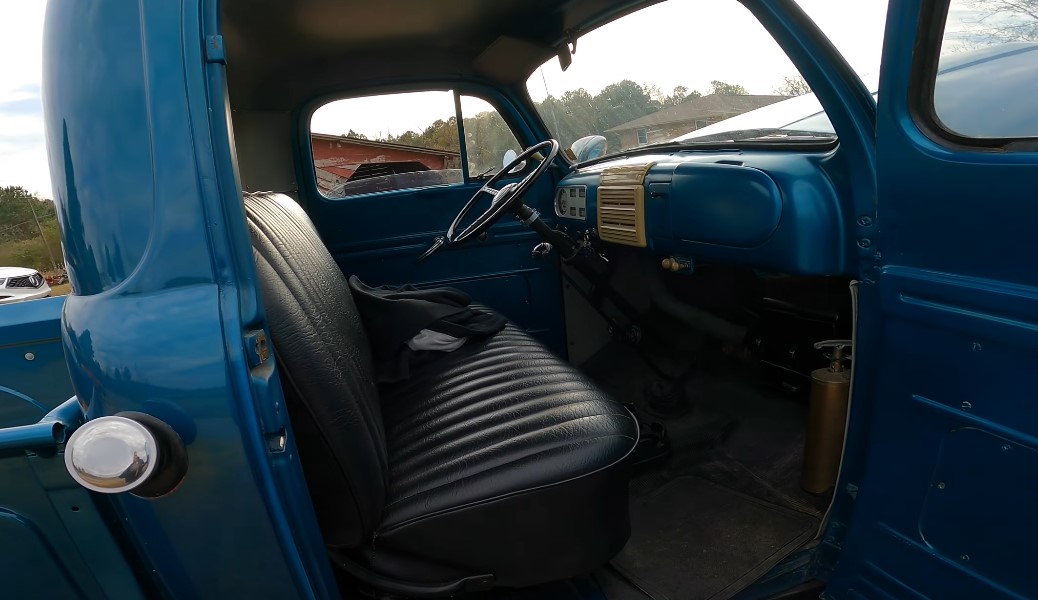
The 1948 Ford F-Series F-1 truck, part of Ford’s first post-WWII redesign, introduced a much more spacious and comfortable interior compared to earlier models.
The cab, often referred to as the “million dollar cab,” was significantly larger, with a wider design, greater headroom, and a taller windshield to improve visibility. It was about seven inches wider than the previous generation of trucks, giving drivers more elbow room.
Inside, the dashboard was simple yet functional, with tightly grouped full instrumentation placed directly in front of the driver for easy access.
This included gauges for speed, fuel, and oil pressure, among others. The truck’s cabin came with basic features, but Ford offered a fresh-air heater, which was quite luxurious for the time.
Seating in the F-1 typically featured a bench seat, allowing room for up to three people. Although these early trucks had a somewhat utilitarian focus, comfort improvements like the heater and roomier cab made the driving experience less grueling, particularly on long hauls.
The gear shifter was mounted on the floor, although it was moved to the steering column in later models (1950 onward) to improve legroom.
The materials inside were rugged but designed to last, with vinyl or cloth seat covers common in original models, and floor mats made of rubber. This durability reflected the truck’s purpose as a work vehicle for farmers and tradesmen.
However, these cabs lacked advanced amenities like air conditioning or modern soundproofing that would become standard in later decades.
A Post-War Hero
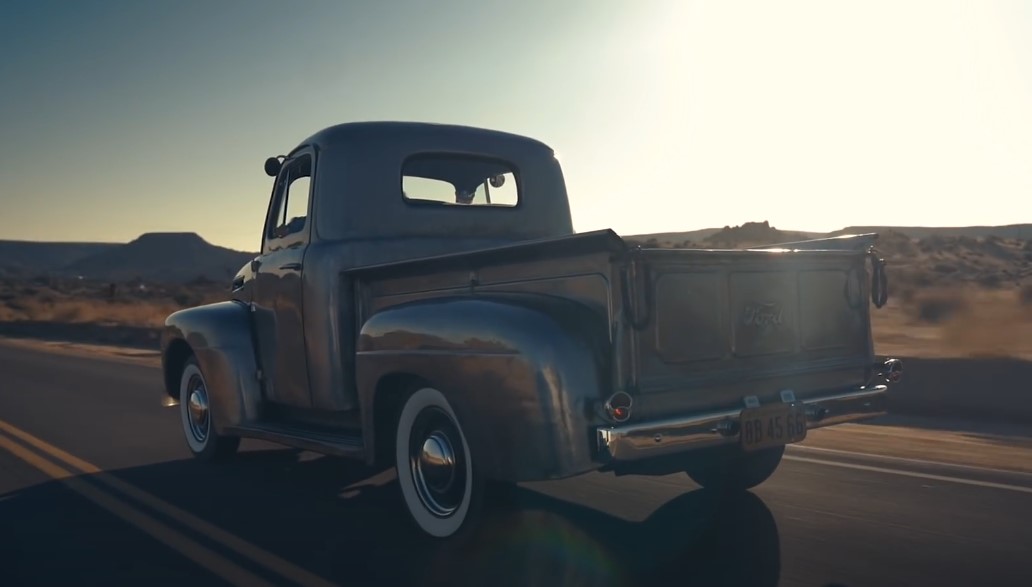
By 1948, America was coming out of World War II, full of optimism and ready to get back to work. The economy was booming, factories were shifting from military production back to consumer goods, and people were settling back into normal life.
And guess what they needed? Trucks. Reliable, strong trucks that could help them build homes, transport goods, and grow crops. The Ford F1 arrived at exactly the right time. It wasn’t just a vehicle; it was part of the American comeback story.
Farmers used it, small business owners used it, construction workers used it. It was a truck for the everyman, and that gave it a special place in the heart of post-war America.
It wasn’t flashy, but it got the job done, and that’s exactly what people needed in that moment. Hard to imagine a Prius doing that, huh?
Originally intended for use as work vehicles, especially on farms and in industrial settings, these trucks became an essential tool for many businesses due to their ruggedness and versatility.
A Cultural Icon
Of course, no conversation about the 1948 Ford truck would be complete without talking about its cultural impact. This wasn’t just a truck you used to haul hay or lumber—it became a very important part of the culture.
A vehicle for the working class, for the farmers, the dreamers, and anyone who believed in hard work and self-sufficiency. It wasn’t long before the truck started showing up in movies, TV shows, and advertisements, often as a synonym for the American spirit.
From its role in popular media to its place in the hearts of collectors today, the F1 is more than just a relic of a bygone era.
It represents something bigger—the idea that with a little hard work and the right tools, anyone could make something of themselves. And if that tool happened to be a sturdy Ford truck? Well, even better.
The Ford F1 in Modern Times
Fast forward to today, and the 1948 Ford F1 is still turning heads. Classic car enthusiasts and restoration hobbyists are keeping the legacy alive, lovingly restoring these trucks to their former glory—or in some cases, better than their original condition.
There’s a certain charm in a machine that’s simple, reliable, and built to last. Restoring a Ford F1 isn’t just about slapping a new coat of paint on it and calling it a day. No, it’s a labor of love.
The craftsmanship, the attention to detail—it’s a connection to the past. And let’s not forget the financial side of things. Restored F1s can fetch a pretty penny at auctions.
Not that money is the main motivation here—at least, not for the die-hard enthusiasts. It’s about preserving a piece of American history, a reminder of a time when trucks were built to endure and designed with purpose.
The Price for 1948 Ford F-Series F-1 Truck
The prices for this truck vary depending on the condition, modifications, and originality of the vehicle. For instance, you can find these trucks in a range from about $1,750 for models needing significant restoration to fully restored or customized trucks that reach as high as $48,500. According to Classic Cars and Autotrader Classics, the prices for this legendary truck are:
- On the lower end, trucks in need of restoration can start around $1,750.
- Restored models in good condition tend to be priced between $19,000 to $40,000, depending on modifications and overall quality.
- Highly customized or meticulously restored versions have been listed up to $48,500
The F1’s Enduring Legacy Set the Standard for Future Trucks
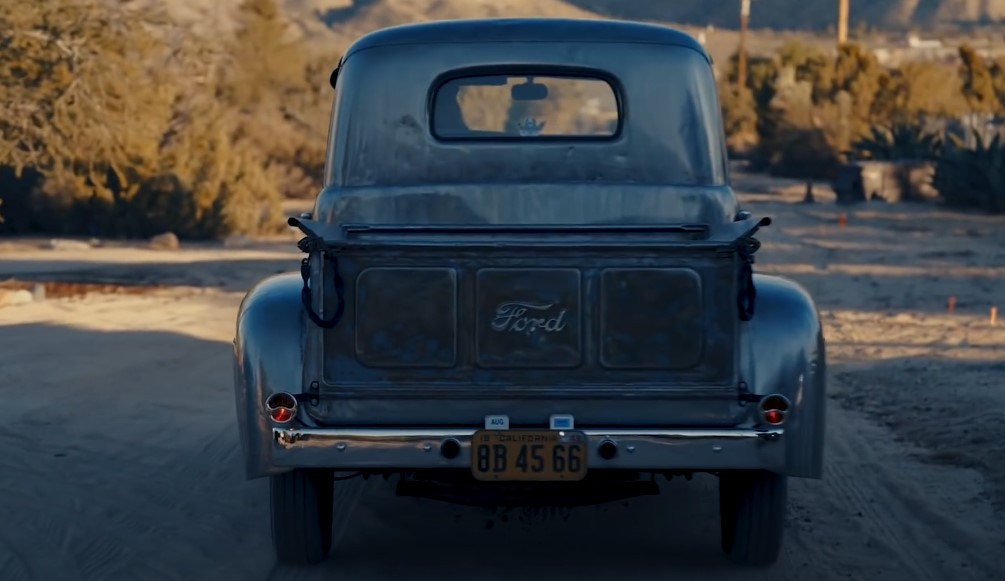
You don’t have to be a classic car expert to know that the 1948 Ford truck set the stage for decades of truck design.
The F1 marked the beginning of the Ford F-Series, a line of trucks that’s still going strong today as the best-selling vehicle in the United States. Think about that.
A legacy that started in the late ’40s is still dominating the market well into the 21st century.
The design principles established by the 1948 F1 laid the foundation for future Ford trucks. The F1’s success and innovations heavily influenced the development of pickup trucks, making it a cornerstone in the evolution of the pickup truck market.
What made the F1 so special, and why is its influence still felt? It’s simple, really. Ford figured out that a truck could be both rugged and comfortable, practical and stylish, utilitarian and a little bit fun.
That balance of form and function became the blueprint for future trucks. And while modern trucks might have touchscreens, heated seats, and all the bells and whistles, they still owe a debt to the 1948 F1.
It showed the world what a truck could be and, more importantly, what a truck should be.
A Truck for the Ages
The 1948 Ford F1 might be over 70 years old, but its appeal hasn’t faded. It’s a highlight of post-war American innovation. A workhorse that carried a nation forward.
You could argue that modern trucks are faster, more fuel-efficient, and packed with more technology (the ones that came out a bit later, like the 1950 Ford Truck), but none of them quite capture the same spirit. In the end, the F1 wasn’t just a truck—it was a statement.
A statement that America was back on its feet, ready to work, and, yes, ready to drive into the future with a little more comfort and a lot more style. And for that reason alone, the 1948 Ford truck remains an American icon. Still grinning at us from across the decades.
Related Posts:
- 1978 Lincoln Continental - An Icon of American Luxury
- Why Texas Is the Best State to Launch Your Career as…
- 10 Best Cars of the 2010s That Still Feel New in 2025
- What Happens When Your Car Is Totaled but Still Drivable
- Is the 2025 Ford Expedition Worth Its Price? An…
- 2025 Ford Explorer - Comprehensive Review, Price,…


